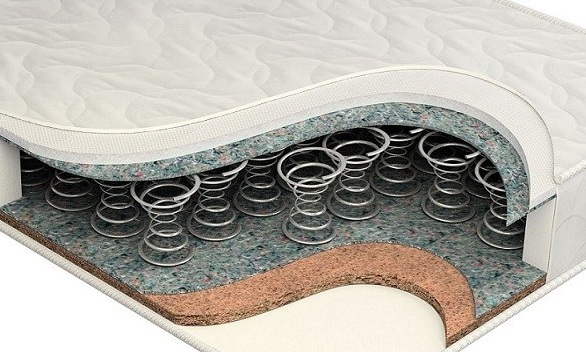
Stiffness depends upon material properties and geometry. The stiffness of a given material's structural element is the product of the material's Young's modulus and the element's second moment of area. Stiffness is measured in force per unit length (newtons per millimeter or N/mm) and is equivalent to the 'force constant' in Hooke's Law.
The deflection of a structure under loading is dependent on its stiffness. The dynamic response of a building system to dynamic loads (the natural frequency of a structure) is also dependent on its stiffness.
In a structure made up of multiple structural elements where the surface distributing the forces to the parts is rigid, the elements will carry loads in proportion to their relative stiffness—the stiffer an element, the more load it will attract. In a structure where the surface distributing the forces to the elements is flexible (like a wood-framed structure), the elements will carry loads in proportion to their relative tributary areas.
A structure is not serviceable if it is not rigid enough to have acceptably low deflection or dynamic response under load. A structure is not serviceable if it is not stiff enough to have acceptably low deflection or dynamic response under load.
The inverse of stiffness is flexibility.